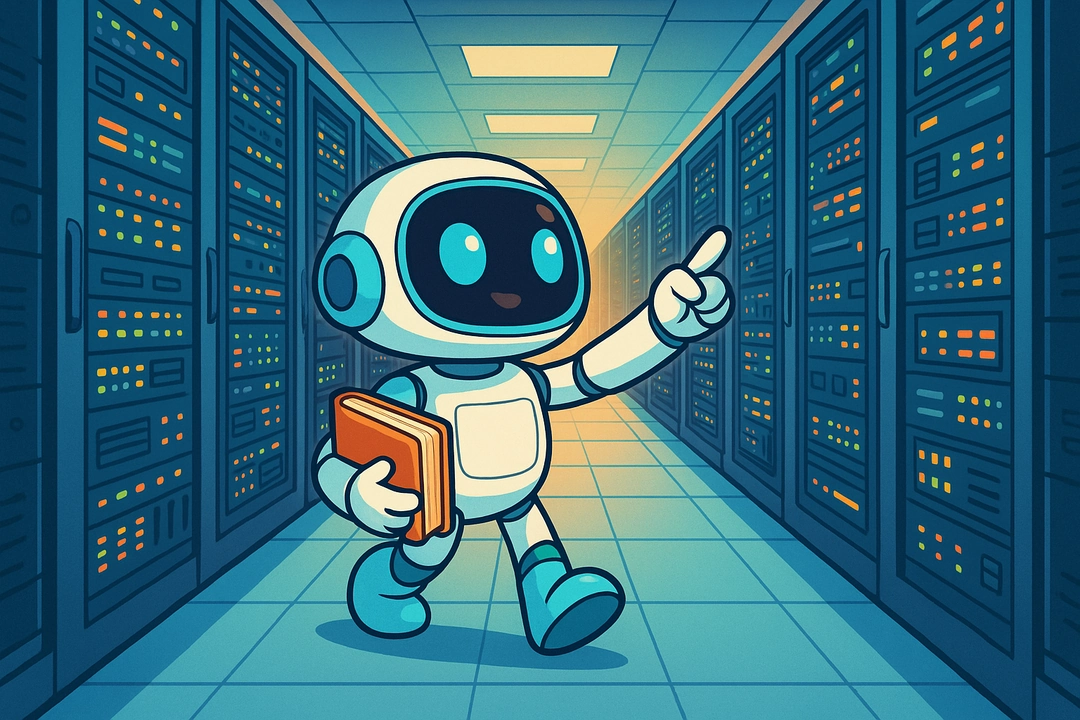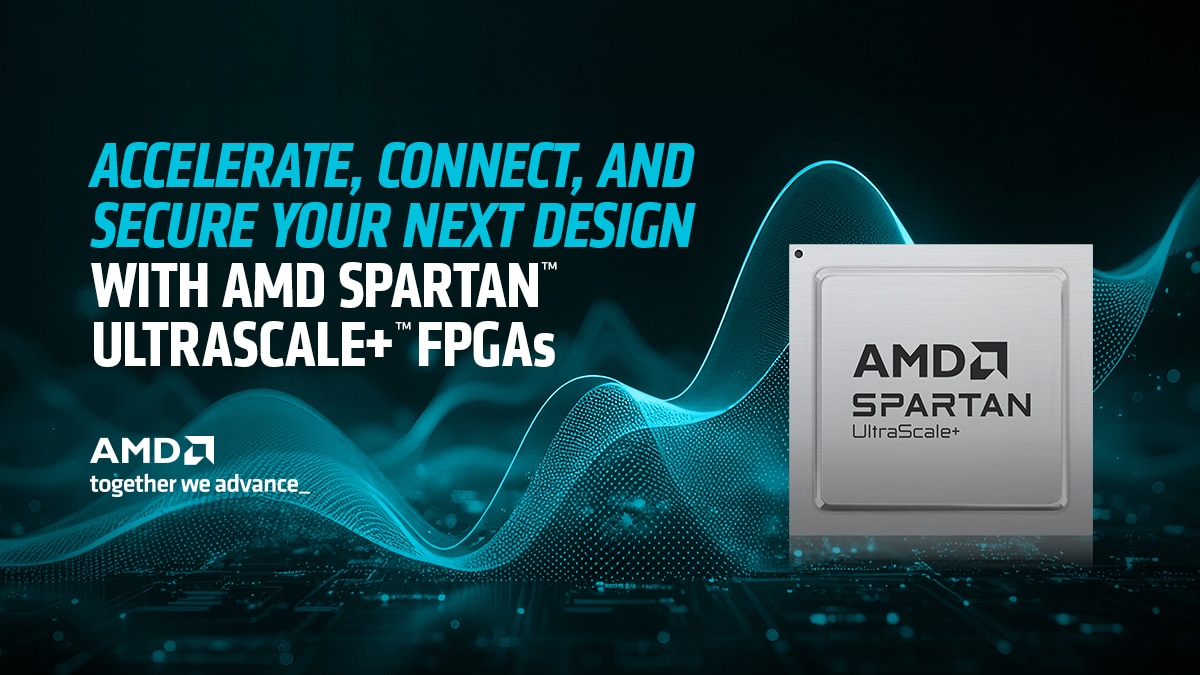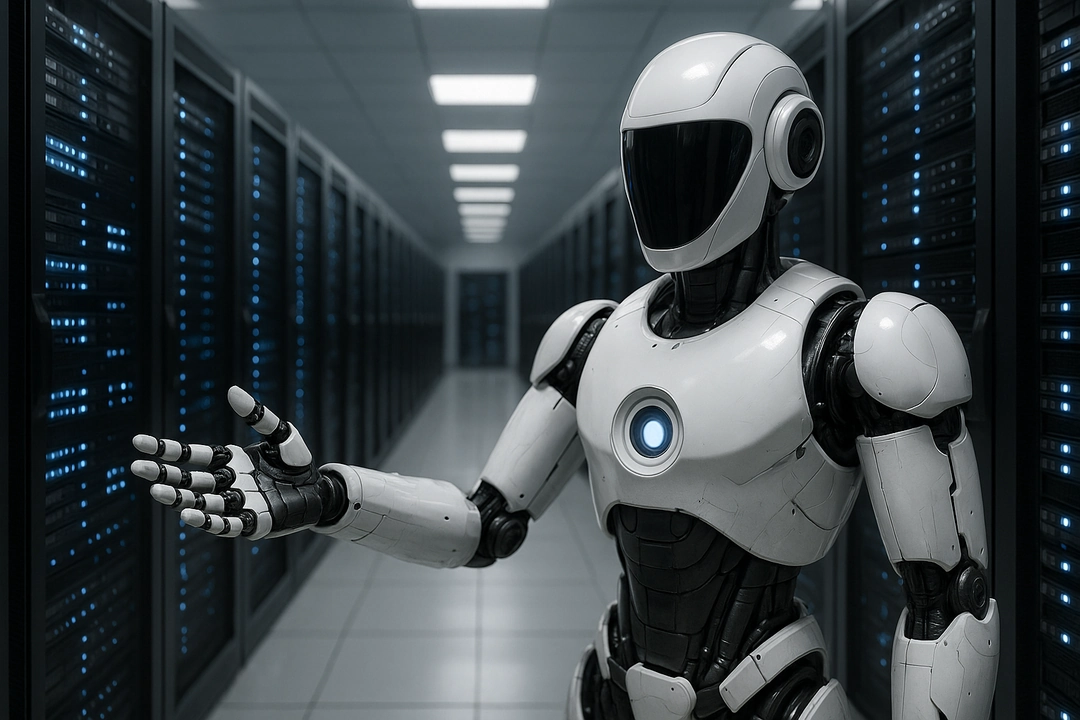Measuring the Value of AI for Office Productivity
Nov 13, 2025
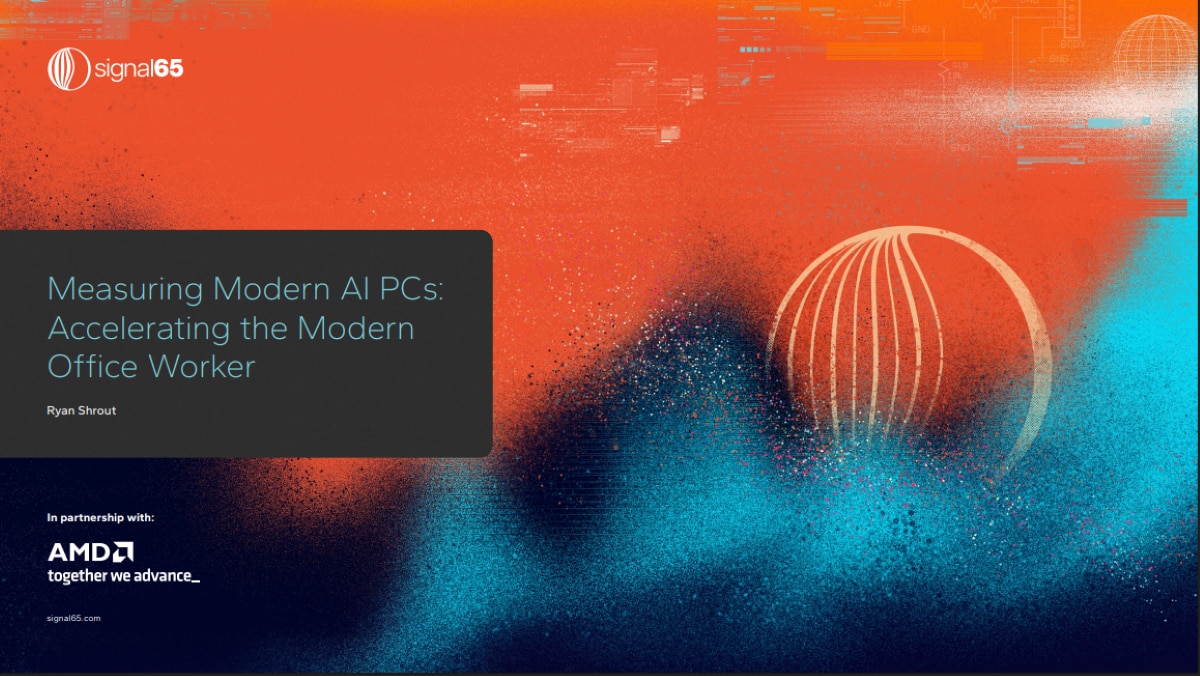
As AI becomes more prevalent across the enterprise, companies and IT leaders must evaluate its benefits and potential ROI against monthly subscription costs and PC hardware refresh requirements. Measuring the advantage of any rapidly evolving technology is a challenging task, but the scope and scale of modern AI makes this a uniquely difficult endeavor.
Today, AI is baked into both operating systems and applications, used in everything from medical imaging to event planning, and is marketed to individuals and entire project teams. It runs in the cloud, on local PCs, and in hybrid implementations that leverage both locations. The vast array of use cases speaks to AI's potential to transform computing, but they also complicate the effort to understand its near-term strengths.
Evaluating AI’s Impact on Office Productivity
In my personal view, Copilot's ability to summarize conference calls has been invaluable in capturing details I may have missed or forgotten in the moment. Its concise output ensures I don’t forget follow-up actions, avoiding the embarrassment of being unprepared for the next call.
AI has also been great at organizing my thoughts. I can jot down points and topics, and it effectively arranges them and draws connections which I hadn’t considered before, improving my workflow and likely enhancing my productivity. I often have to condense a lot information from different sources, transforming paragraphs of text into a few succinct, pointed sentences. This is something I normally find difficult, whereas AI can get to a workable answer so quickly that it becomes part of your daily routine.
But I’m just one person, and my own use cases don’t cover all of the ways different knowledge workers deploy AI on a daily basis. To address this, AMD has partnered with the analyst firm Signal65 to evaluate the practical, real-world benefits of AI in a more systemic fashion. Signal65 recently published an evaluation of AI’s impact on general office workers, who they define as “Professionals navigating productivity applications and managing daily communications.”
To measure potential time savings, Signal65 created representative scenarios that mirrored common office productivity tasks, then measured the time difference between completing the work manually versus automating some aspects of it via AI.

Signal65 chose to blend cloud and on-device AI capabilities to better represent AI tools as they exist today. The ability to run AI locally on an optimized platform is a key component of the AI PCs and Copilot+ PC value proposition, but platform-level optimization and vendor-specific software rollouts are still a work in progress. Even at this stage, a task-by-task analysis of AI reveals substantial time savings for the users who leverage it.
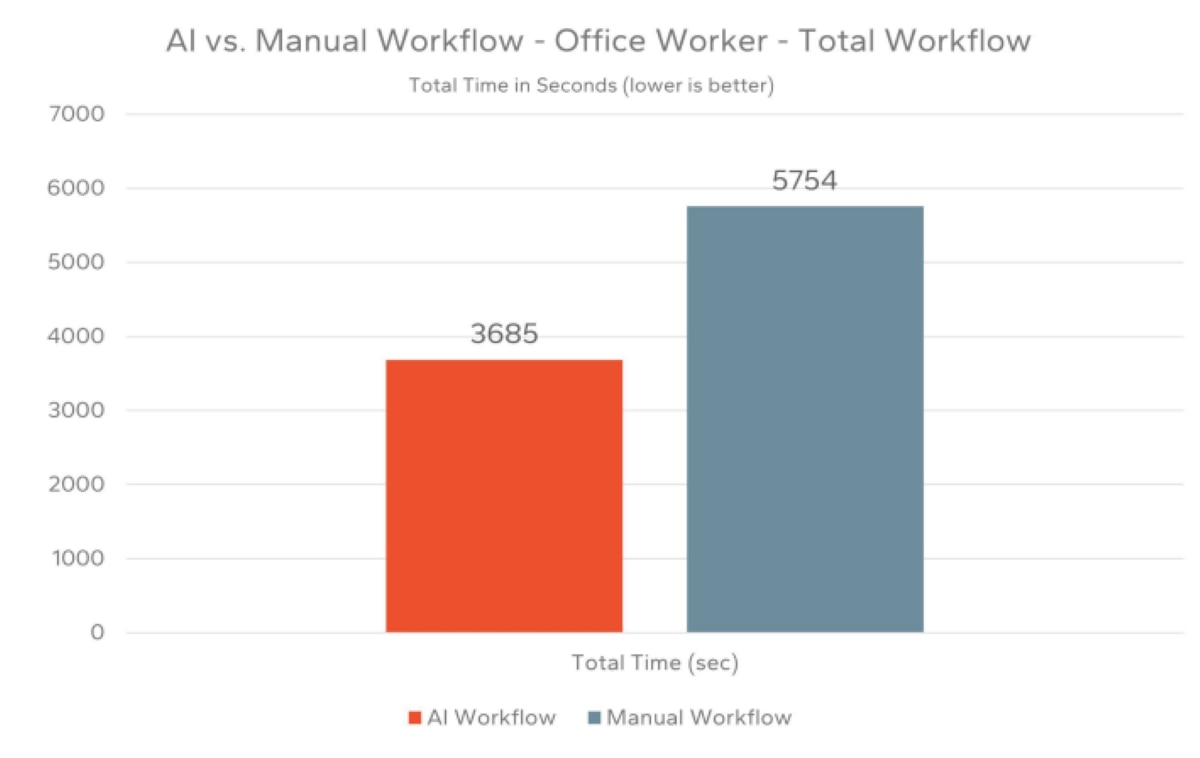
Knowledge workers who used AI across all measured workloads needed 3,685 seconds – a bit more than an hour -- to complete the entire assignment suite, as compared to 5,754 seconds (95.9 minutes) for the non-AI version of the same process. That works out to a 34% improvement in task completion time and a wall-clock advantage of nearly 35 minutes.
The amount of time saved depends on the task in question. Using Copilot for email summarization reduced completion time by over 80%, from 480 to 94 seconds (6.43 minutes saved). Signal65’s document writing and feedback scenario measured even larger improvements, with a total savings of 10.57 minutes in their test loop. Here’s how they summarized it:
“The AI-assisted approach proves 2.3x faster than manual creation, and this advantage multiplies when considering typical review cycles. In real-world scenarios where writers might wait 2-4 hours (or longer) for colleague feedback, AI’s immediate availability provides even more dramatic time savings.”
Signal65 isn’t the only analyst firm to find credible evidence of AI’s time-saving potential. According to the Gartner report "The 3 Business Cases of Generative AI Value," deploying AI across teams in Extend initiatives to improve “specific, preexisting, business outcome-driven metrics,” is the best way to generate return on investment, or ROI. Gartner identifies customer service, marketing, and software engineering as three common areas where Extend initiatives are already in-play; AMD believes this list will expand as AI tools improve and commercial users become more comfortable with their capabilities.
These efforts to quantify the benefits of artificial intelligence and its positive impact on knowledge workers are not as straightforward as quoting generational improvements to processor speeds and feeds, but the breadth of AI’s reach requires a different approach. There's a general understanding in the market that a 5GHz CPU is typically faster than a 3GHz CPU, or that a 16-core chip will complete workstation workloads more quickly than a quad core, but this knowledge transfers imperfectly to the realm of artificial intelligence. AI performance may be impacted by factors like network latency or the speed of an AI PC's local neural processing unit, but the chief advantages of AI rest at least as much in what it is capable of doing as in how quickly it can do it.
There are only a handful of companies in the world capable of bringing AI's full capabilities to commercial customers, and none are better positioned -- or better connected -- than AMD.
Collaboration Fuels the AI-Enabled Future
AMD has introduced the widest range of NPU-equipped processors available today, but silicon leadership alone is insufficient to the task at hand. AI-enabled applications need to be optimized for these emerging hardware platforms, and AMD is working closely with a number of ISVs to adapt their software for on-device neural processing, including Reincubate, Microsoft, and Zoom. This enablement process is an important step to delivering real-world improvements. It grounds the persona-based evaluation process we’ve developed in benefits office workers can take advantage of today.
As the video above illustrates, Copilot+ PCs powered by AMD Ryzen PRO processors are designed to run AI workloads quickly and efficiently across the CPU, GPU, and NPU, and can use all three of these processors to complete tasks quickly, without preventing the system from being used for other work. AMD has also partnered with Reincubate to offload advanced video functionality like spotlighting, background replacement, and auto-framing on to the NPU in real time.
Additionally, AMD collaborates with security ISVs like McAfee, BUFFERZONE, and Styrk AI to take advantage of local AI capabilities to detect deepfaked video, quickly block phishing attempts, and evaluate AI prompts for potential security problems before data is inappropriately exfiltrated from a system.
AMD continues to cooperate with a wide range of software vendors and developers to maximize the effectiveness of neural processing units. We’ll have more to say about exciting developments and new application support coming for AI PCs and Copilot+ PCs later this year and throughout 2026.
Conclusion:
The AI-boosted productivity gains available today are just the beginning of what’s coming. Hardware advances and software improvements will continue to drive artificial intelligence forward. Best practices will evolve as employees and developers become more familiar with AI and its capabilities. Every few months, more tools become available that enhance or improve various daily tasks. Embracing the idea that AI tools are worth exploring will help knowledge workers learn how they can best employ it to do their jobs.
Different studies will arrive at different top-level numbers depending on the particulars of what they measure and how they measure it, but the trend is clear: AI is already capable of delivering real productivity advantages in a range of use cases and workloads. AMD offers the only x86 platform that combines integrated NPUs in AI PCs, discrete GPUs, data center AI accelerators, and an FPGA/adaptive SoC portfolio that covers workloads from the embedded edge to hyperscale compute centers. Combine that with demonstrated expertise in helping ISVs optimize their applications run ideally on our hardware, and you've got a partner dedicated to helping you achieve all the benefits AI can deliver.



